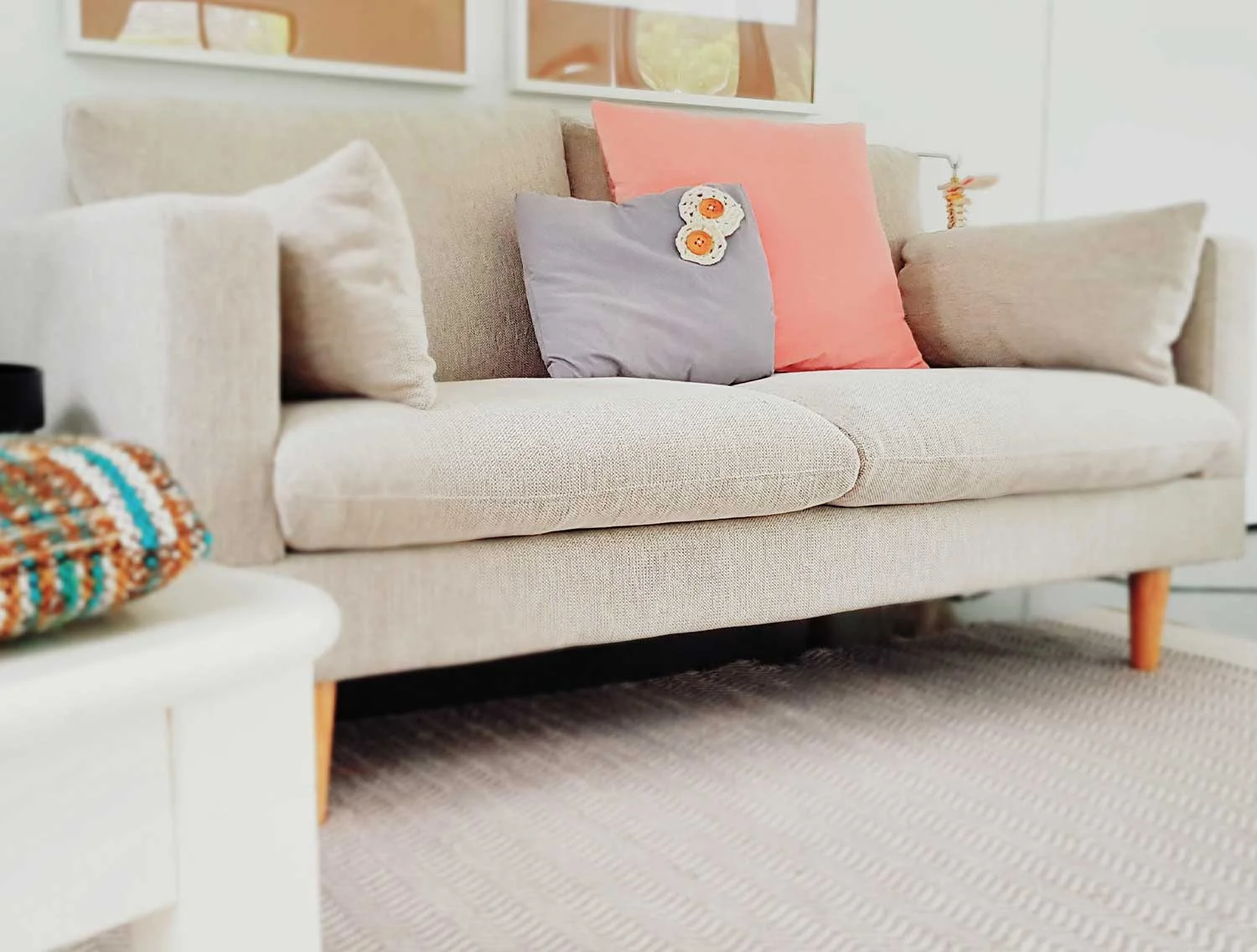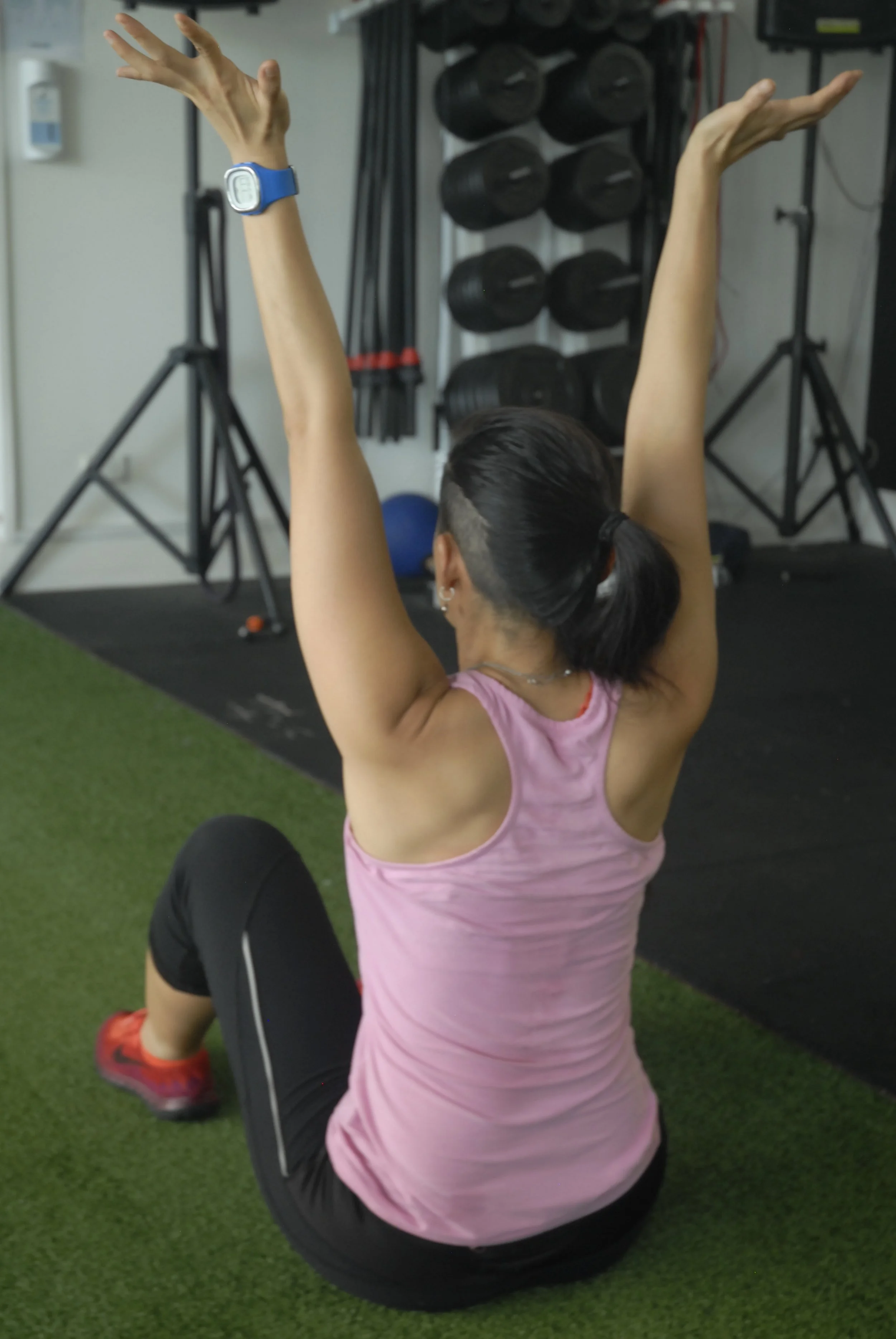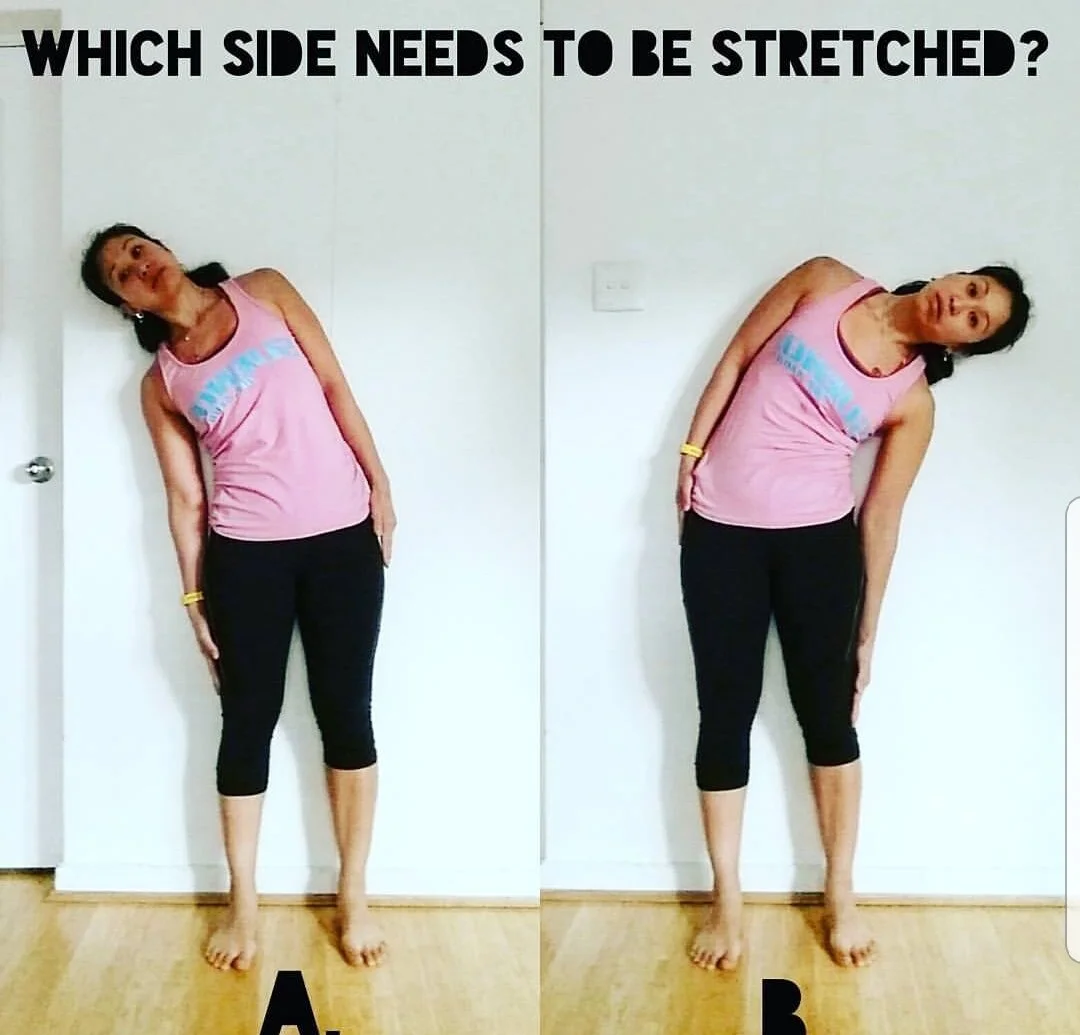Exercise: good. We all know that by now right? But what types of exercise are actually essential to staying healthy and should be included in all our regular training programs?
Wonder no longer, because we've come up with a sweet little infographic summarising the top five types of exercise you need to do to maintain a healthy bod, all in a neat little bundle (because we know y'all don't have much time). For those that want more information and references, check out the full length post below!
1. Weight-bearing and resistance exercise
When you lift a weight, run or walk you’re moving your body/body part against gravity. This puts stresses through your bones, muscles and tendons that help them to lay down more tissue and grow, helping to offset osteoporosis and muscle loss commonly associated with age. Both weight-bearing and resistance exercise do this to a much greater extent than non-weight bearing exercise such as swimming or bike riding, meaning you’re much less likely to suffer from fractures, muscles tears and falls (1). Increased muscle mass also improves your metabolism and ability to burn calories at rest, which means you don’t need to work as hard to look hard. Lift heavy? Yes, please (but only if you do it right!)
2. Proper core conditioning
Transversa-what they say? Your transversus abdominus, pelvic floor and multifidus form your true ‘core’, encasing your deep lower abdominal area, pelvic region and spine/back like a sling to provide essential support to your back and trunk. In tandem with a well-functioning fascial and internal pressure regulating system, this inner unit is the support you need so you can move your body without overloading the smaller joints and structures; without this, trying to perform activities like lifting or throwing a ball is like trying to fire a cannon from a canoe: you won’t be able to do the action without damaging the canoe, or be able to generate as high levels of power as you could on a solid surface. In short, proper core strength will help you perform better with more power and less injury risk, improve your posture, help you lose your potbelly and is essential before, during and after pregnancy. Retraining proper timing and activation of these muscles may also help in reducing low back pain (2), especially when accompanied by other self-administered exercises such as postural re-education, stretches and spinal mobilisations.
3. Balance training
‘Use it, or lose it’ holds true in regards to your balance and it’s a skill that needs to be practiced, especially as we need it to function day to day. The level of balance you need depends on what you need to do: walking, getting up from the toilet, motocross riding, dancing and surfing all require different types of balance as well as intensity. Make sure you train for what is relevant to you; kneeling on a Swiss ball may be appropriate to someone like a surfer who requires high levels of stability whilst on a moving surface, but for someone who mainly sits at a desk and goes for the occasional run, improving their single leg stability whilst on a stable surface will be more appropriate. Improving muscle strength and core stability (see points 1 and 2) will also help your balance immensely.
4. Shoulder stability exercises
Most of us know the importance of rotator cuff exercises to help stabilise the shoulder and for rehab post-injury. But what many of us don't realise is that it's often weakness or an imbalance in the whole shoulder complex including the deltoids (especially middle delt), biceps, triceps, lats and upper trapezius that has caused the shoulder to malfunction and the cuff muscles to become over-facilitated. Whilst your rotator cuff muscles can be regarded as the ‘core’ of your shoulder joint and have an important role in centralising your humeral head and keep it moving correctly within your shoulder socket, they are also orientated horizontally, meaning they're not in the best position to stop your humeral head from slipping out of its socket; because your socket basically faces out to the side, your arm inherently wants to slip out down to the floor (think of trying to attach a pole to a wall vs placing it on a ledge). The deltoids, especially the middle deltoid, as well as the biceps and triceps, attached to your arm more vertically, and therefore have a better line of pull to keep the shoulder in place. When they're not strong, the cuff muscles have to try and do their job, which can cause them to become overworked, less effective at their core role and can lead to injuries like tendon tears, impingement syndromes, bursitis and labral tears. This is even more pronounced in repetitive and heavy activities such as throwing sports, lifting and jobs such as carpentry, driving or loading cargo. Addressing poor endurance in the upper back-shoulder blade muscles is also essential, because the arm can only function optimally when it has a strong, correctly working base (aka your shoulder blade). A good shoulder stability program includes rotator cuff exercises but a great one will also look at the rest of the complex and how all its components work together,
5. Brain training
If you haven’t already heard, brain training, or ‘cognitive stimulation’ can positively affect our mental capacity, offset Alzheimer’s disease and improve memory. These improvements can also occur in people who already have mild cognitive impairments due to our brains incredible neuroplasticity (3). Free apps can be found everywhere (Elevate is a good one I use), but simple things like crosswords, learning a new language or skill, trying to memorise your grocery list or in-laws birthdates all help.
References:
Yung, P.S., Lai, Y.M., Tung, P.Y., Tsui, H.T., Wong, C.K., Hung, V.W.Y. & Qin, L. (2004). Effects of weight bearing and non-weight bearing exercises on bone properties using calcaneal quantitative ultrasound. Br J Sports Med 2005, 39. 547-551.
Richardson C. A., Snijders C.J., Hides J.A., Damen L., Pas M.S., Storm, J. (2002). The relation between the transversus abdominis muscles, sacroiliac joint mechanics, and low back pain. Spine, 27(4). 399-405.
Belleville, S., Clément, F., Mellah, S., Gilbert, B., Fontaine, F. & Gauthier, S. (2011) Training-related brain plasticity in subjects at risk of developing Alzheimer’s disease. Brain, 134(6). 1623-1634.






